4 Essential Points for Choosing Between Brass and Stainless Steel Shims
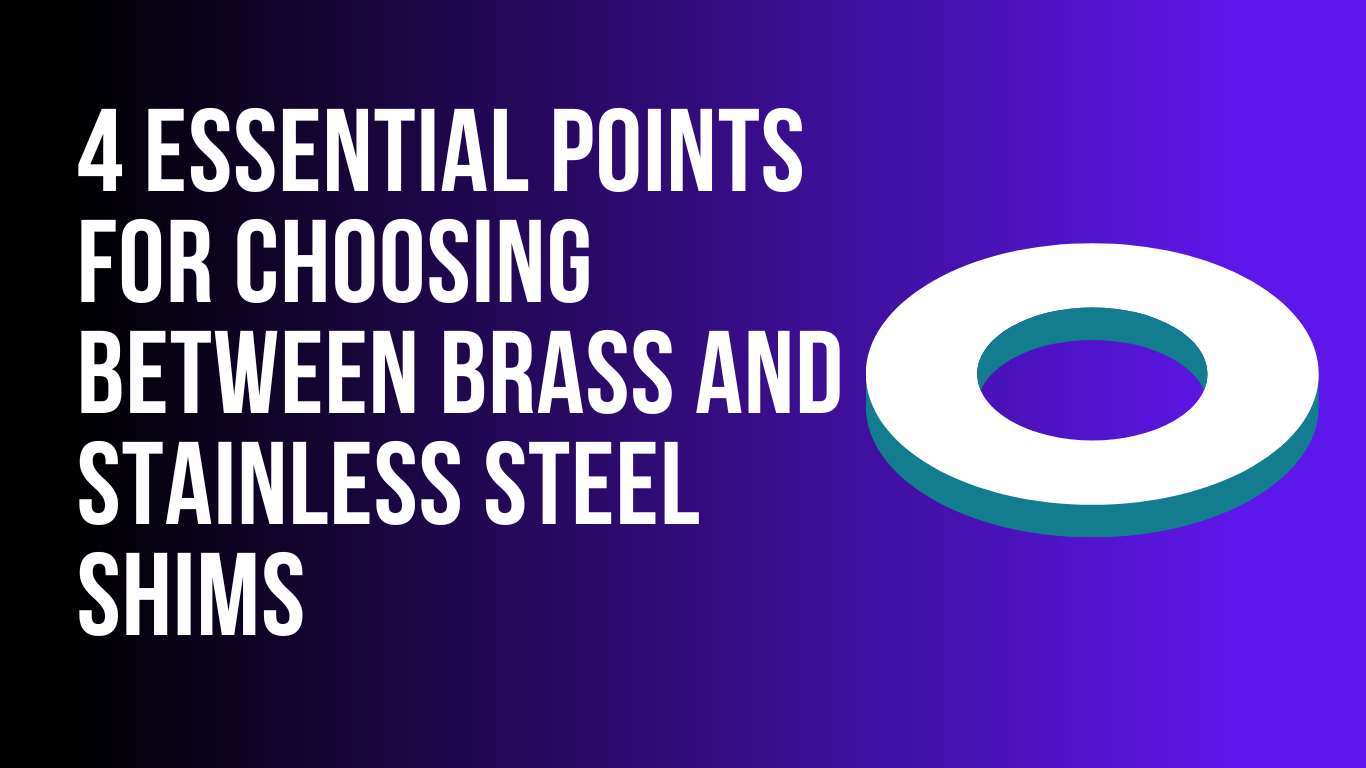
Faced with a gap in your project and unsure which shim material to choose? Don't fret! Both brass shim sheet and stainless steel shims are fantastic options, but each has its strengths and weaknesses. To pick the perfect shim for your needs, you need to understand the key differences between these two popular metals.
This guide will equip you with the knowledge to confidently choose between brass shim sheet and stainless steel shims. We'll delve into four essential points to consider:
-
Material Properties: Understanding the inherent strengths and limitations of brass and stainless steel.
-
Application Suitability: Matching the shim material to the specific demands of your project.
-
Cost Considerations: Balancing functionality with budget for a cost-effective solution.
-
Ease of Use and Availability: Factors affecting installation and finding the right shim for you.
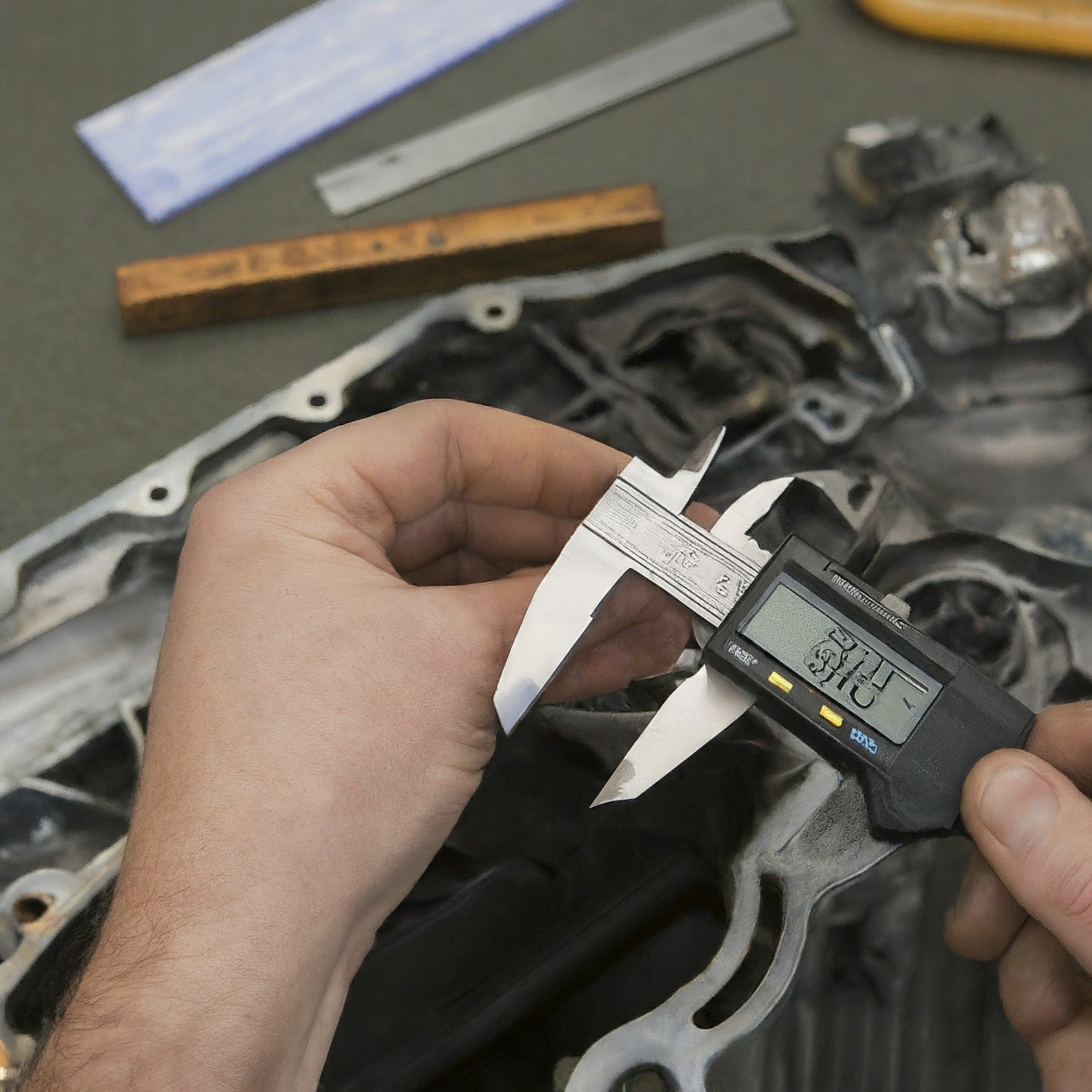
Material Properties: Brass vs Stainless Steel
Let's dive into the core characteristics of brass and stainless steel to see which one aligns best with your project requirements.
Brass
-
Composition: An alloy of copper and zinc, offering a warm, golden hue.
Strengths:
- Excellent Machinability: Easily cut, drilled, and shaped with simple tools, making it ideal for intricate applications.
- Good Corrosion Resistance: Performs well in moderate environments, particularly against moisture.
- Low Friction: Brass offers a smooth surface, reducing friction in certain applications.
- Weaknesses
- Lower Strength: Compared to stainless steel, brass can deform under heavier loads.
- Susceptible to Stress Corrosion Cracking: Can become brittle under specific environmental conditions.
- Not Ideal for High Temperatures: Brass can soften at elevated temperatures, compromising its structural integrity.
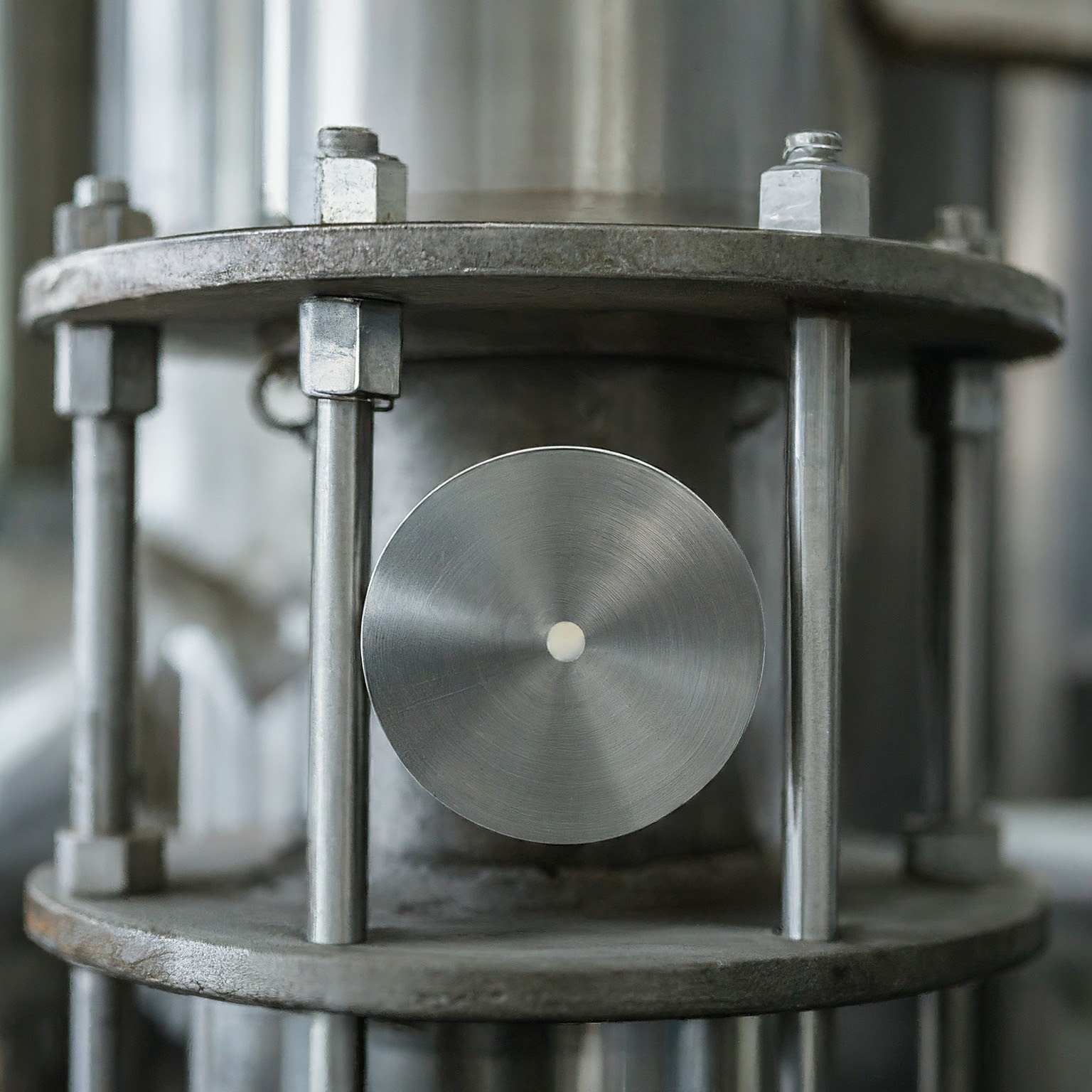
Application Suitability
let's explore how they translate into real-world applications:
When to Choose Brass Shims:
- Composition: An alloy of copper and zinc, offering a warm, golden hue.
- Need for Easy Machinability: Projects requiring intricate cuts or bends, like creating custom shims or spacers, benefit from brass's easy machinability.
- Moderate Environments If your project encounters moisture but not extreme conditions, brass's good corrosion resistance makes it a cost-effective option.
- Low Friction Applications: Brass's smooth surface reduces friction, making it suitable for applications like adjusting hinges or sliding mechanisms.
When to Choose Stainless Steel Shims:
- Heavy-Duty Applications: Stainless steel is the clear winner for projects involving significant loads, like shimming machinery components, pumps, or pipelines.
- Harsh Environments: Exposed to saltwater, intense chemicals, or extreme temperatures? Stainless steel's superior corrosion and high-temperature resistance ensure long-lasting performance.
- Critical Alignment Needs: Projects requiring precise and consistent clearances, like aligning machine parts or leveling equipment, benefit from stainless steel's dimensional stability.
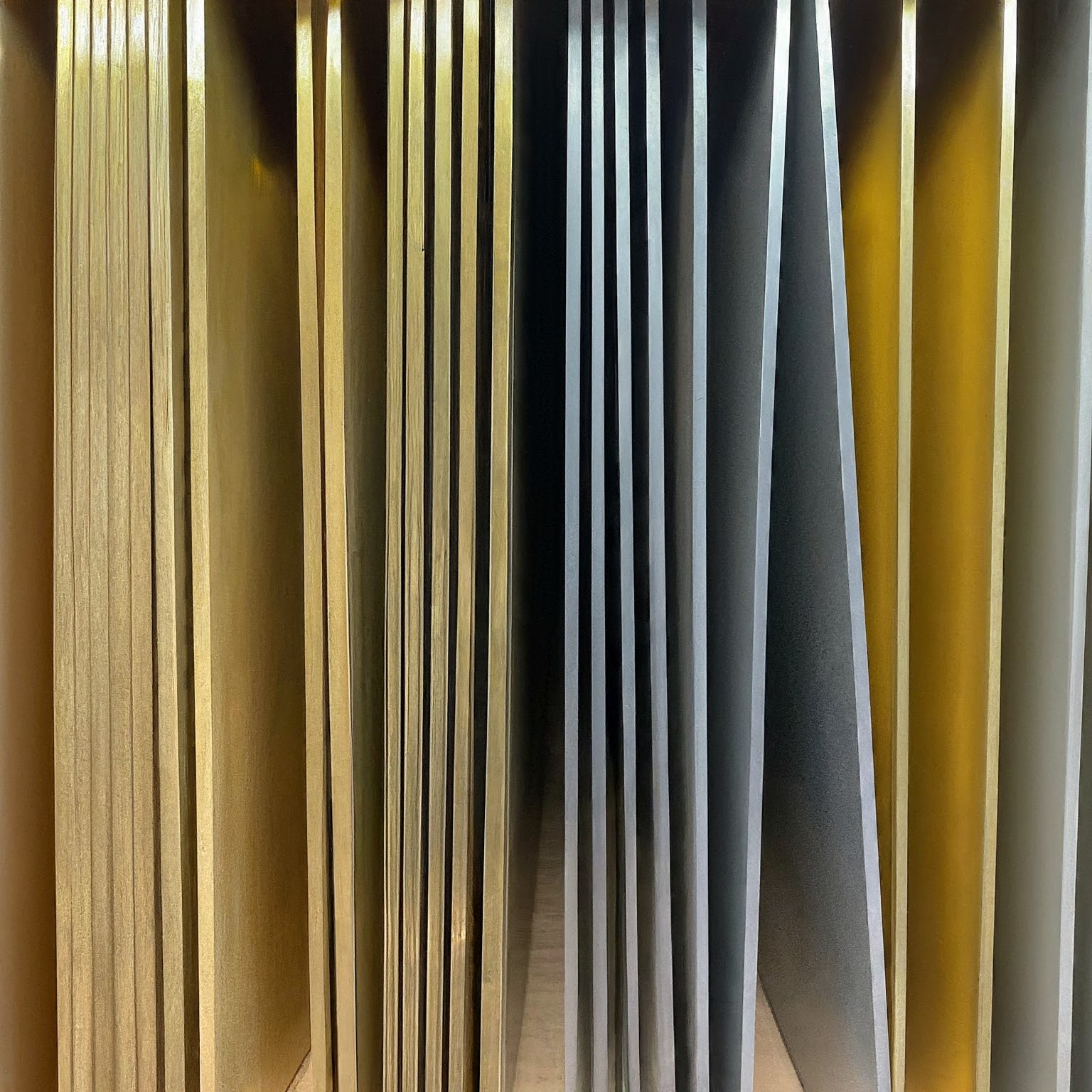
Cost Considerations
Budget plays a crucial role in material selection. Here's a breakdown of cost considerations for brass and stainless steel shims:
-
Brass: Generally a more budget-friendly option compared to stainless steel, especially for standard grades. This makes it a good choice for non-critical applications where cost is a major concern.
-
Stainless Steel: The cost varies depending on the grade. Basic grades offering good corrosion resistance might be comparable to high-quality brass. However, high-performance or specialty stainless steel grades can be significantly more expensive.
Ease of Use and Availability
The final point to consider is the ease of use and availability of these shim materials:
-
Ease of Use: Brass is generally easier to cut and shape with basic tools at home or in a workshop setting. Stainless steel might require specialized equipment or techniques for intricate work.
-
Availability: Both brass and stainless steel shims are widely available from hardware stores, online retailers, and specialist shim sheet metal suppliers. However, specific grades or thicknesses of stainless steel might require sourcing from specialized vendors.
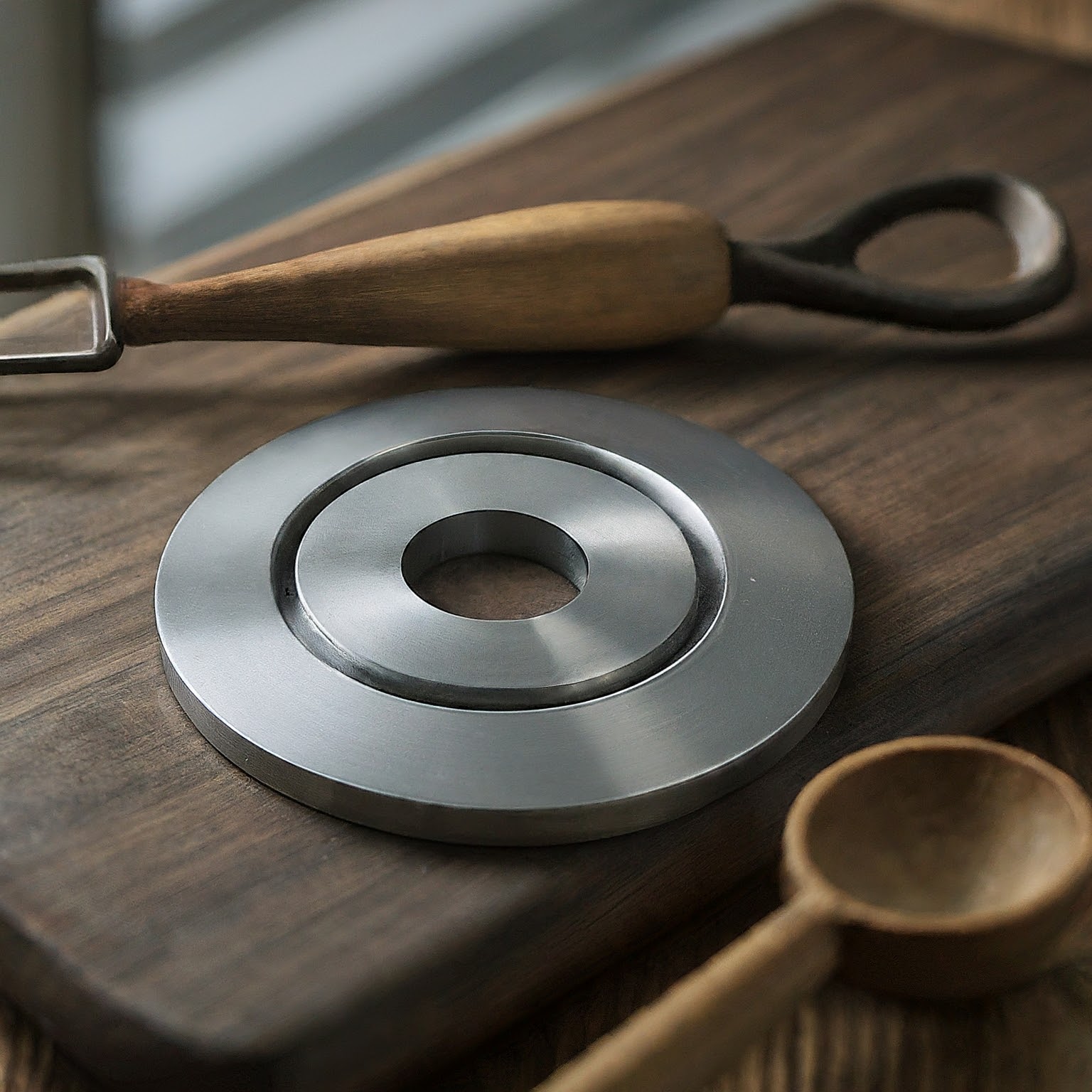
The Final Showdown
By considering the material properties, application suitability, cost factors, and ease of use, you can now make an informed decision between brass and stainless steel shims.
Ultimately, the best shim material depends on your project's specific needs. With the knowledge you've gained, you're well-equipped to choose the champion shim for your next project, ensuring a smooth and successful outcome!
Author
Meet Seema, our expert author in industrial materials with a deep understanding of shim . With years of experience, Seema brings valuable insights and expertise to this guide, making him a trusted source for all things related to brass shim sheets. Join us as we delve into the art of crafting brass shim sheets with Seema leading the way.
List Other similar blogs








